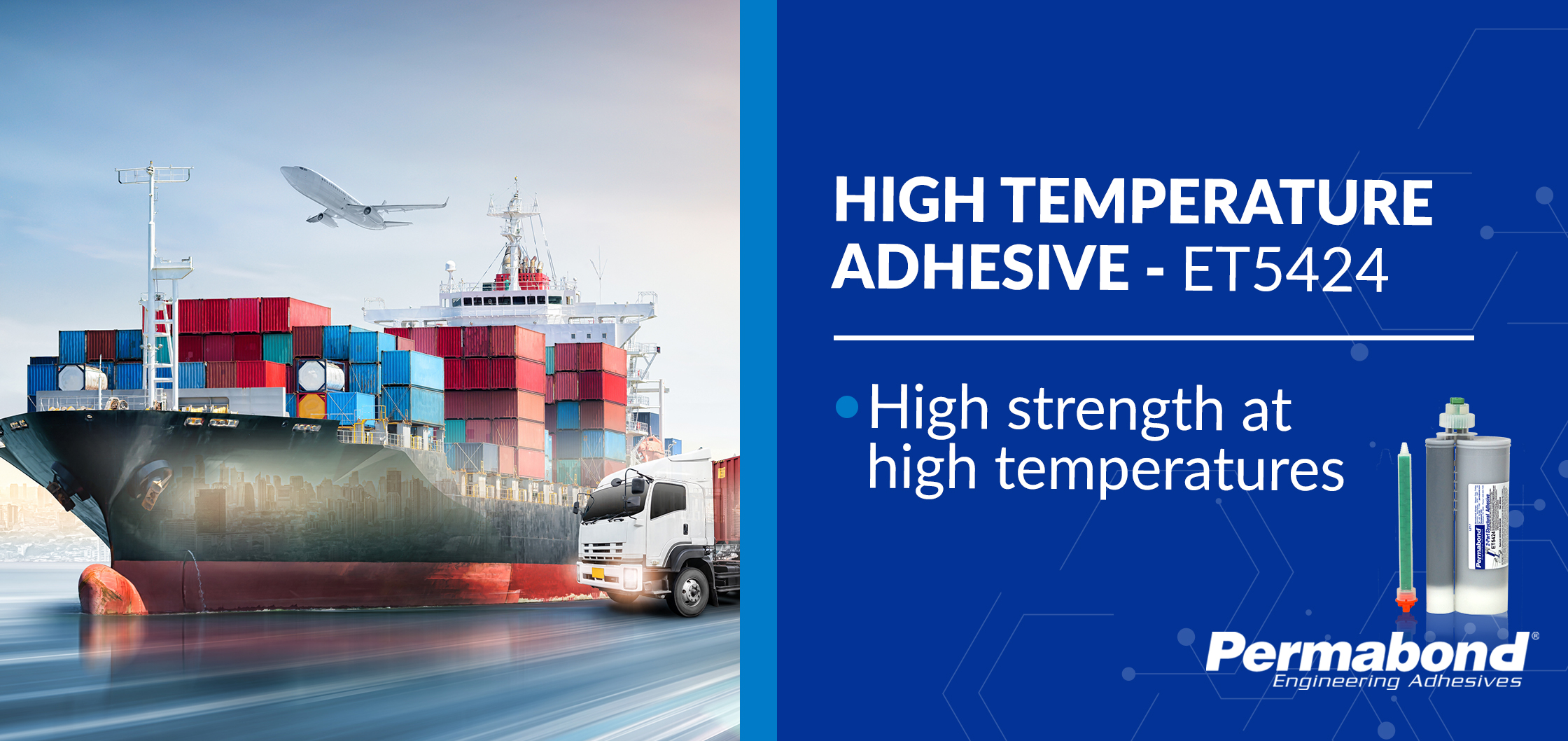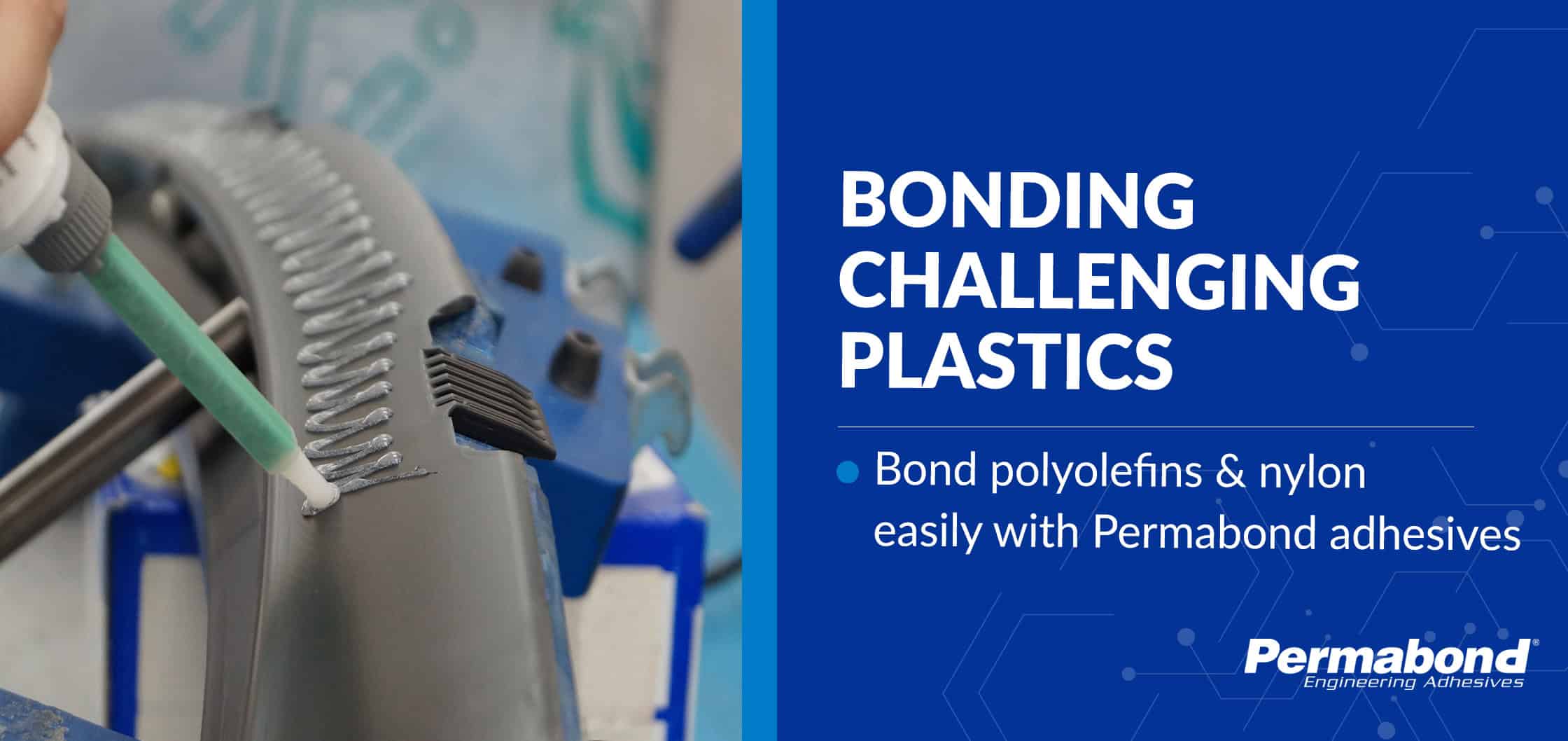UL® performs various tests to determine the suitability of pipe sealants for a particular use. The UL® classification does not state the strength of the product or the maximum sealing pressure for other uses.
For example, Permabond LH050 is classified by Underwriters Laboratories Inc.® for use in devices handling gasoline, petroleum oils, and natural gas (pressure not over 300 psig) not exceeding 2 in. pipe size; propane and butane not exceeding 1 in. pipe size.
and
Permabond LH050 is classified by Underwriters Laboratories Inc.® for use in sprinkler system and water spray system piping not exceeding 2 in. pipe size containing air, nitrogen, water, propylene glycol or glycerol antifreeze solutions.
For clarification, in the first statement, the 300 psig limitation is only for natural gas as tested by UL®. UL® tested LH050 to 450 psig on natural gas to provide the classification of 300 psig. UL® does not test the pipe sealant to failure but stops at 450 psig.
Similarly, Permabond LH150 is classified by Underwriters Laboratories Inc. ® for use in devices handling gasoline, petroleum oils, and natural gas (pressure not over 100 psig) propane and butane not exceeding 2 in.
Again the 100 psig refers only to the natural gas, and that value is granted based on testing with propane or butane.
What is the strength of Permabond Pipe Sealants?
In most cases, we’ve determined that there is an instant seal of up to 1000 psi and after full cure, the pipe sealant will, in general, exceed the burst rating of the pipe.
How do anaerobic pipe sealants work?
Like all anaerobic adhesive sealants, it takes two things to cause cure – eliminate oxygen + provide metal ions. So when confined from oxygen between the metal threads cure occurs. They form a seal which is inert to water, steam, hydrocarbons, most acids, solvents, and glycol-based products.
In addition to products with UL® Classification for specific needs, pipe sealants are available with WRAS, DVGW, and NSF/ANSI 61 certification for potable water. There are also hydraulics grades which are unfilled resins that contain no particles which might clog or foul hydraulic screens and valves.
Categories
Let’s Discuss Your Project.
"*" indicates required fields
Products
Technical Support

Permabond will help you select the right adhesive for your application.






